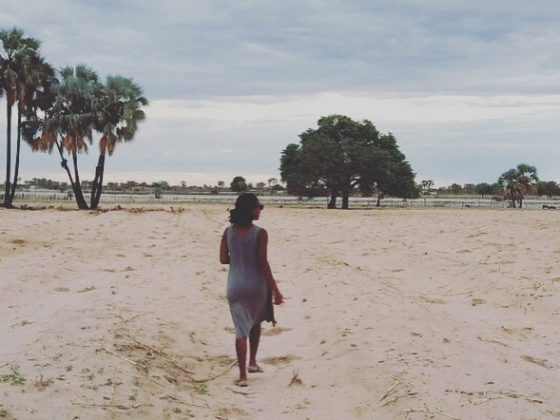When I first moved to Namibia I was a twenty-six-year-old in escape mode.
I was just on the heels of an eye-opening introduction into the world of corporate America. Moving to Africa as an African American was not just an opportunity for me to live abroad. It was a chance to escape the cubicles of white privilege that had soured my taste for working in America. By my mid-twenties, I had faced nepotism, favoritism, micro-aggressions and racism in the workplace. I wanted no more of it.
